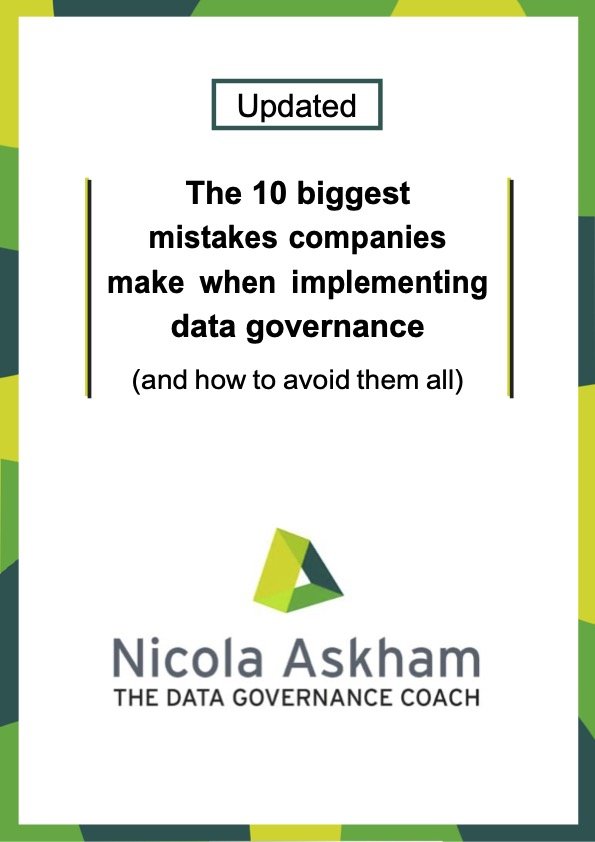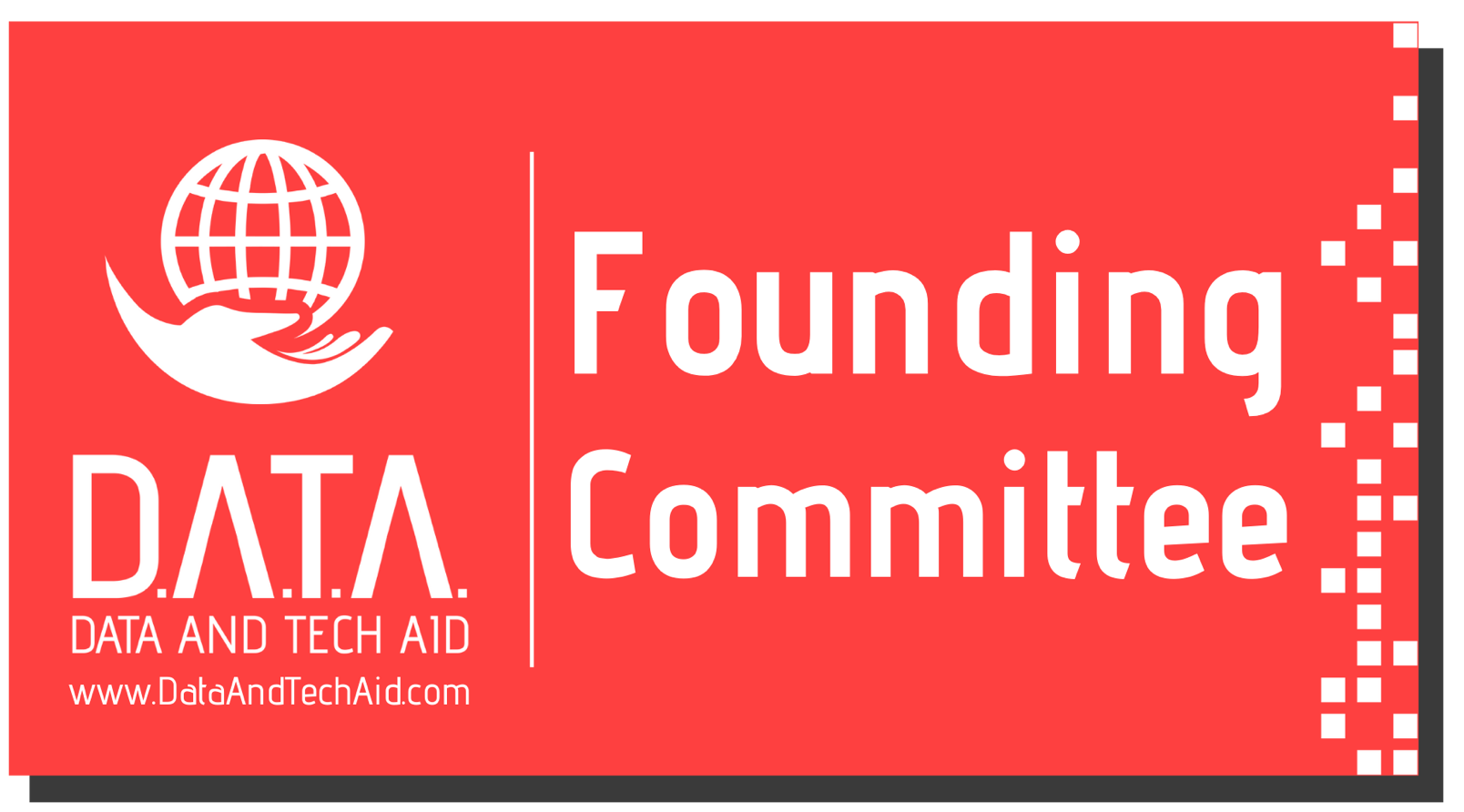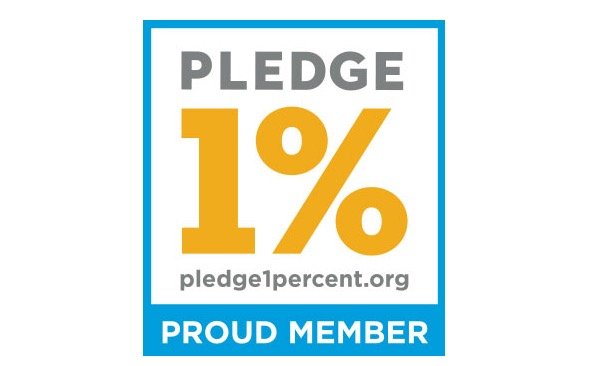Do you know what is in a Data Governance Framework?
/If you are reading this blog, then there is a very high chance that at some point in the not-too-distant past you have googled the term ‘data governance framework’. Not only that, but you’ve also probably also had a whole myriad of answers come back. Some of which probably make it look really, really complicated.
A data governance framework is something that you can make as complicated as you want to but from my experience it really needs to be as simple as it can be. I advocate for simplicity when doing data governance above all else, and if you watch any of my videos or blogs then you’ll already know that. In fact it is one of the key principles for successful Data Governance which you can read about by clicking here. Now, that doesn't mean you can't go back and add more detail when necessary but start simple and build on that as and when you need to.
That doesn’t answer the question at hand though, does it? So, what does a data governance framework consists of?
Well, for me the only way to be successful with data governance is to first work out why your organisation needs data governance, and then to design and implement a framework that meets those needs.
When I'm designing a data governance framework, I make sure that it has three key things in it: a policy, processes and roles and responsibilities. And these will almost certainly differ from organisation to organisation.
Let’s start with the policy. I've seen many examples where people have spent a lot of time and effort researching data governance, what they think they ought to have in their framework and dumping everything they found in their data governance policy. This ends up giving you a policy that is really long… some I've seen like small novels! And to be fair, I may have written some that length in the early days too.
But when you come to share them with any stakeholders, particularly senior ones, they're going to be completely put off by the sheer level of detail. That scares people off, and you won't get your senior stakeholders approving your approach. You may even impact the success of your Data Governance initiative at that point.
The other thing that I frequently see is people thinking they can fast track this part of a data governance initiative by copying somebody else's policy and framework. So, they look on Google or they ask a friend who's doing a similar job at another organisation if they can have a copy of their policy.
I would really warn you against this because a policy should be written to reflect how your organisation wants to do Data Governance. Picking up somebody else's and just adapting and amending a few bits means that you haven’t got a policy that was written for your organisation. Therefore, it's extremely unlikely to be useful or relevant for your organisation. And again, more likely to put more people's backs up and damage your Data Governance initiative.
For a policy to be really useful (i.e.. help you implement Data Governance successfully) it needs to be written with your organisation in mind, and consider the following:
What is the scope of your data governance programme?
What is it that your organization is going to do to manage its data better?
What roles and responsibilities are you going to have to manage your data better?
What kind of processes are you going to implement because of having data governance?
Now, the answers to these questions will not be the same for all companies and I can honestly say that every organisation I have ever worked with has been unique in its approach to data governance. I admit sometimes the differences are subtle, but for a policy to be valuable, these subtleties really do need to be addressed.
Next you should include some processes, because I find that if you don't tell people how to do it, they tend to do their own thing, or they don’t do it consistently, or they don't do it at all. So, we need some documented processes for people to follow so they know and understand what data governance is and what you want them to do. Which processes you have will depend upon what benefits you are trying the achieve but should include a central process of investigating and resolving data quality issues.
And then finally, we need some roles and responsibilities because I'm sure you have been to the same meetings… you know the ones where everybody is in violent agreement that something needs to be done, everyone agrees on the actions and then we come back to the follow-up meeting… and everybody thought that somebody else was actually going to do that action.
Well, data governance is just like that. I can't tell you how many times I've told people
why I think that we ought to do data governance at that organisation and everybody agrees with me. Nobody ever says, “that stupid, we shouldn't do it”, they always agree that it should be done.
They might give me all sorts of reasons why it can't be done right now... because they're busy, they don't have the resource etc, but they don't say that it's the wrong thing to do. What is quite common is everybody thinks that somebody else is going to do it for them.
That is not the case - almost everyone has a role to play if you're implementing a data governance framework, and so your framework itself needs to detail those roles.
Ensure your roles and responsibilities are properly defined and you have found suitable people for each of these roles. There is no point in defining roles and responsibilities and then finding people to fill the roles if you don’t explain to them what you want them to do and how they should do it.
It sounds obvious but make sure to document your processes and provide adequate instruction so that everyone knows what they should be doing.
Don't forget if you have any questions you’d like covered in future videos or blogs please email me - questions@nicolaaskham.com.
Or you’d like to know more about how I can help you and your organisation then please book a call using the button below.










